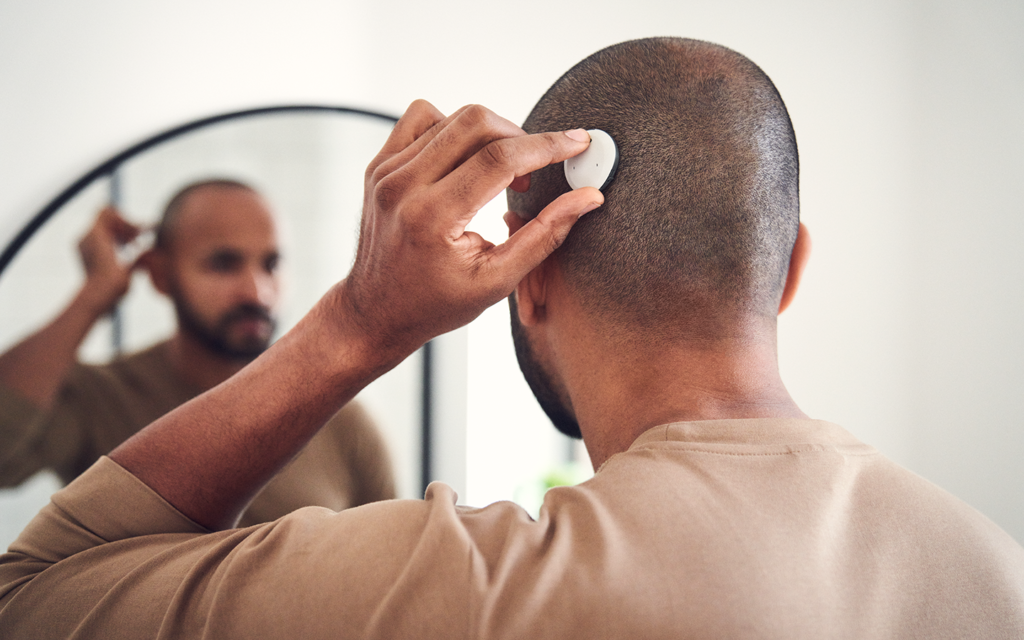Whether you’re flying for work or leisure, there is no need to worry about airport security and your hearing implant. Here are our top tips to help you out.
Check the rules about batteries
- Airlines can be strict about carrying lithium ion (rechargeable) batteries on passenger planes. Contact your airline before you travel to check their policy and if you can take them in carry-on or checked-in luggage.
- If possible and suitable for your processor, we suggest you travel with back-up zinc air (disposable) batteries and a battery holder in case you need them.
Show your Patient Identification Card to security officers
- If you have a Cochlear™ Nucleus® Implant or Osia® System, show security your Patient Identification Card and explain that you have an implanted medical device for hearing. Explain that the sound processor is a hearing instrument you must wear with your implanted medical device.
- If you have the Cochlear Baha® System, bring your MRI card. You can show this to security personnel if they have questions about your sound processor, as it also contains information about security controls.
Passing through airport security
- You don’t have to remove your Cochlear Nucleus or Osia Sound Processor during security screening. You can walk through the metal detectors and full body scanners with your sound processor turned on. However, to avoid any potential buzzing sounds, you may wish to temporarily remove your sound processor.
- For Baha users, in most cases you will not need to remove your sound processor to go through metal or security detectors. If you have a Baha Connect System, you may wish to remove your Baha Sound Processor to avoid setting off the metal detectors in airport security controls. If you use a Baha Start solution or the Baha Attract System, you can keep your sound processor in place.
Don’t be alarmed if you need a pat-down or scan
- Don’t worry if you need additional screening, including a pat-down or inspection of your device. This may happen after you pass through the walk-through metal detector or advanced imaging technology.
- A handheld security wand won’t damage your cochlear implant or bone conduction implant, but it will beep when it passes over your sound processor.
Keep your spare sound processor in your carry-on luggage
- If you are using the Cochlear Travel Programme, switch off the back-up sound processor and keep it inside a case in your carry-on bag. The bag can go onto the conveyer belt at airport security.
- Do not place a sound processor directly onto a conveyer belt. Static electricity may build up on its surface and damage your sound processor.
- A low-level x-ray is used to screen carry-on luggage. This should not harm your sound processor or your MAP/program.
- Do not put a sound processor into checked baggage. Checked baggage is screened with higher level x-rays, which could damage the device.
Happy travels!




